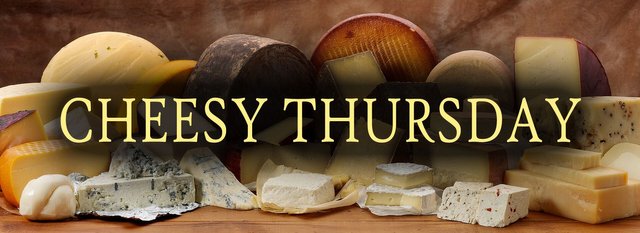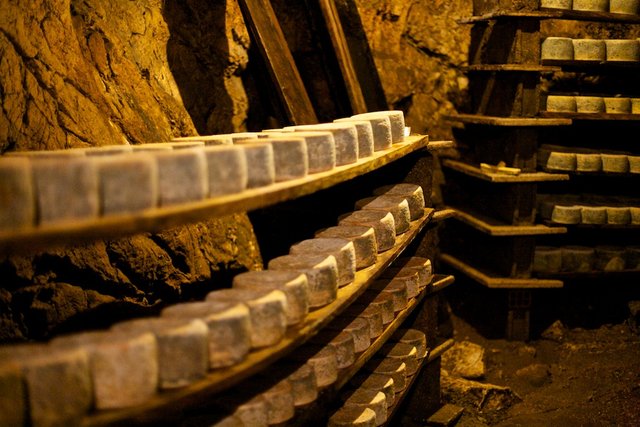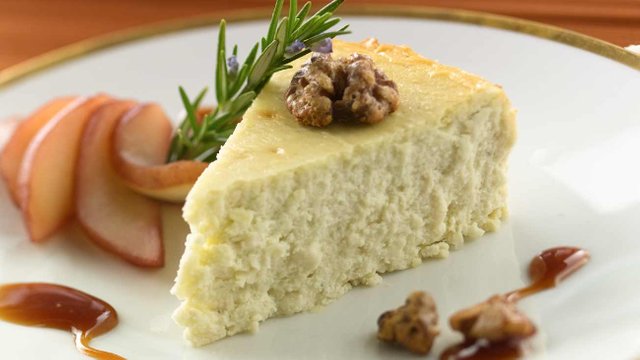
Today's star: BLUE CHEESE
Hello, everyone, and thank you for making the choice to open my post about my beloved cheeses! Today I decided to write about somewhat ambivalent cheese - the blue cheese. While some people find the blue cheese aroma to be great and unforgettable, some just could not stay the "smell"of this Nobel cheese!

image source: google.com
In general, blue cheese is not a specific variety of cheese. It's really specific, of course, but the term "Blue cheese" combines in itself a lot of different cheeses. What is true, however, is that they have been all processed by a specific kind of mold, called Penicillium. An interesting fact is, that some of this specific molds produce the molecule penicillin - the well known antibiotic, which kills or stops the growth of certain kinds of bacteria.
Aging a blue cheese is very important, but the processes start with adding the bacteria to the diary product. This spores can be added either before cuds form in the milk, or just after they've already formed. Of course the result would be different. After the "contamination", the cheese has to age under specific conditions, like humidity and temperature. For this purpose, caves are perfect place for a cheese to be matured!

The Cabrales cave, image source:google.com
Of course, it can be aged out of a cave too, but the cheese maker have to keep an eye on the conditions in the "aging" room constantly. It's not a problem at all in the modern world with all the technologies, keeping an eye on everything instead of us.
In the European Union, many blue cheeses like Roquefort, Danablu, Cabrales, Gorgonzola and Blue Stilton, carry a protected designation of origin. This means, that they can bear their name only if they have been made in a particular region.
And while some molds are not healthy to eat, it's not a problem at all to consume these molds in the Blue cheese. They really are proved to have benefits for our health, and eating these kinds of cheese is recommended. Yet, some people are disgusted of the strong and heavy smell of the cheese. It even gets more powerful when you decide to cook this cheese. My experience of cooking various dishes with blue cheese confirms that fact! I've been forced to open all the windows during the winter in order to make the smell go away!!!

image source: google.com
And while some people prefer to eat these precious products raw and uncooked - as an appetizer, paired with a great and classy bottle of red wine, others prefer it cooked and prepared in a way.
There are countless recipes, including preparing vegetables like broccoli with blue cheese sauce. Other recipes include combining blue cheese with meat, over pizzas and in various sauces too. The most brave recipes even have this cheese as an ingredient of various desserts like cakes. Only your imagination can be the limit of preparation this product.

image source: google.com
So it's really only up to you the way you prefer the blue cheese, or if you prefer it at all. I'm hungry for mold now and I'm heading right towards the supermarket now.
Stay tuned for the next week's CHEESY THURSDAY and if you like my post, please upvote and comment!